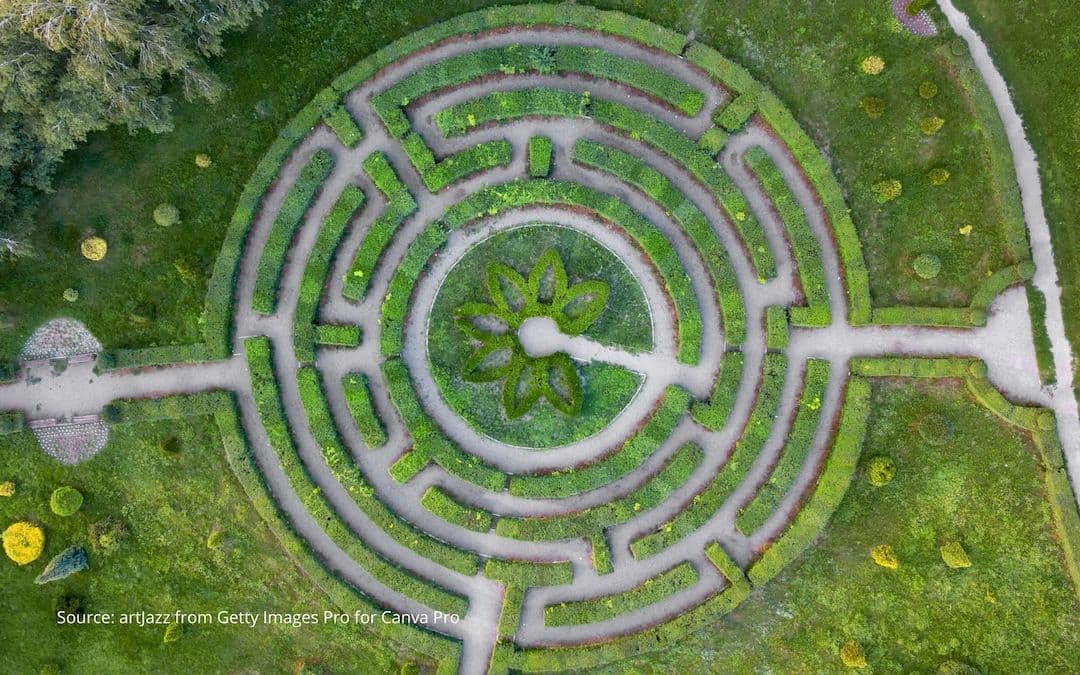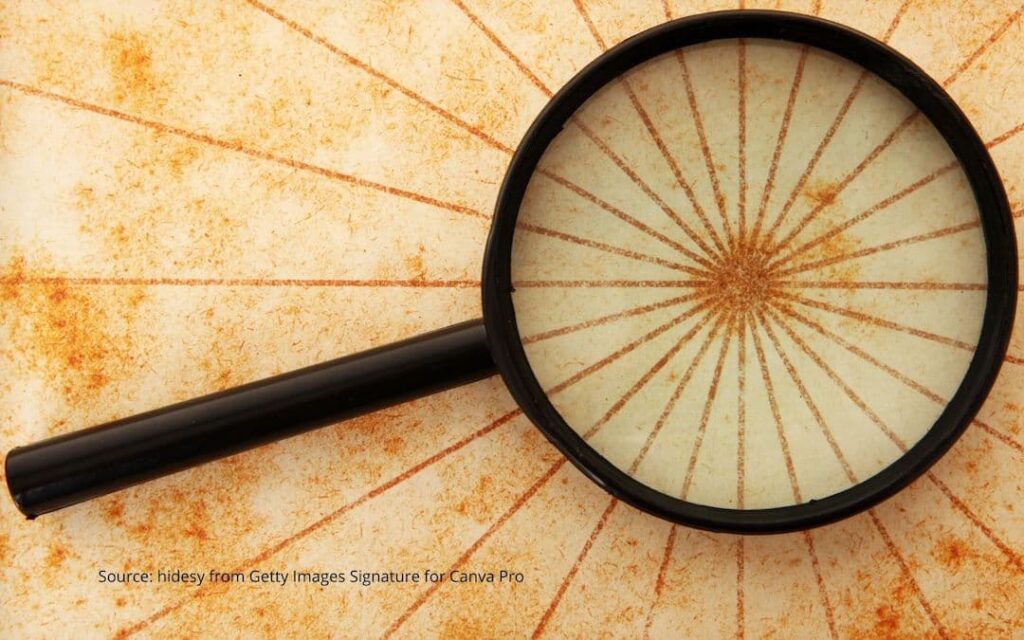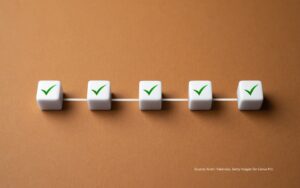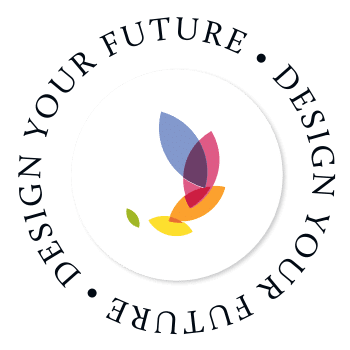Over the past two years, I conducted academic research to explore the importance of cultural identity in service of positive change. And I wasn’t quite satisfied, so now I am writing a book on the topic. Through this work, I’ve concluded that identity is the crucial starting point for anyone seeking positive change within themself or the world around them. Here’s why:
- Understanding your cultural identity is essential for surviving and thriving in today’s world, where travel, relocation, and global interactions are now the norm. Many of the 21st-century skills recommended for success in the workforce require high self-awareness and the ability to connect across different cultures. Developing such skills requires a firm grasp of your own identity and respect for the identity of others.
- We live in an era that places increasing value on innovation and unique ideas. When we tap into our identity, we grow to understand ourselves better. This understanding helps us become more effective at spotting opportunities to contribute unique insights and truly excel.
- Today’s workplace requires the ability to collaborate with diverse teams. Yet, each of us has developed a set of cultural expectations that influence our reactions and decisions. Therefore, to communicate effectively with people from different backgrounds, we need to know ourselves first.
- We are deeply and unconsciously affected by our social systems, which mold our identity over time. When we remain unaware of this phenomenon, we can begin to resist things that challenge our worldview, even when that resistance doesn’t serve us.
Conventional approaches to facilitating change tend to downplay the sociocultural motivators that profoundly influence our ability to change, such as identity, history, tradition, systemic forces, and the desire to belong. However, if we can recognize those forces and work with them, we can learn to manage our resistance and move forward.
What’s Getting in Our Way?
Self-awareness is an essential trait that empowers us to tap into our identity. However, research shows that a substantial gap exists between people who think they are self-aware and people who are actually self-aware, with only 10-15% of people displaying high levels of self-awareness. So, most of us still need to work on developing this trait.
Furthermore, many helping professions, like mental health, education, and coaching, treat culture and identity as separate specializations for “marginalized” communities. Or, they approach engagements from a deficit or gap perspective in their effort to help clients become more aligned with the dominant system (whether that be an organization or the greater society). But I think we’re missing the mark with this approach.
If helping professionals want to make substantive change, we must understand how to harness a person’s unique identity as a source of strength and a differentiator, not a handicap.
Most conventional wisdom around culture and identity focuses on a 20th-century view of culture, with neat categorizations around national culture, race, and religion and broad descriptors within each category.

The framework of intersectionality brings us closer to what we hope to achieve. Still, people fall into the trap of assuming that an individual within one intersection has the same worldview and experiences as someone else with a similar intersectional lens. Yet this simply isn’t true. Culture and identity are far more dynamic than that, and we now live in a world of gradients.
The Opportunity
We have an opportunity to shift our thinking about the role of our cultural identity in positive change and our society at large. And it all starts with language.
If each one of us were to stop saying “I am 1, 2, 3” and instead frame such statements as “I see this situation in the following way: A, B, C,” I believe people would be more likely to listen to one another. The first approach sets up an invisible barrier between you and the other person, whereas the second approach invites people to engage and discuss the matter further.
Erik Erikson, a pioneer in developmental psychology, states, “The more you know yourself, the more patience you have for what you see in others.” Imagine the kind of a world we could create for ourselves if each person built their self-awareness and used it as a bridge for positive change.





